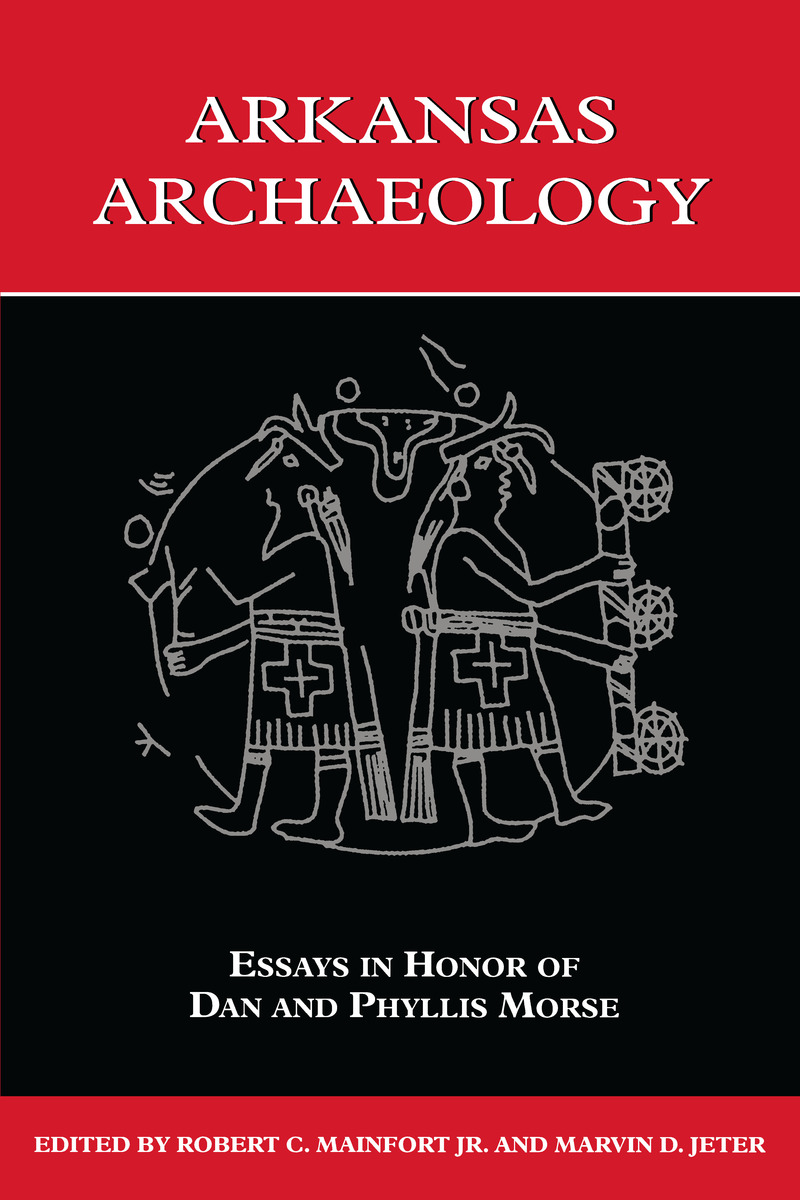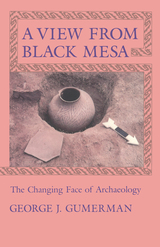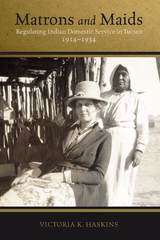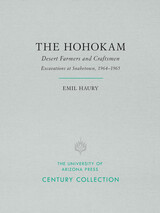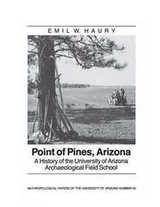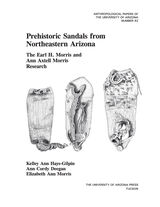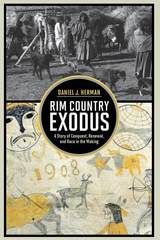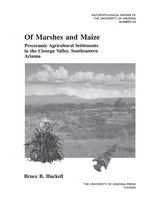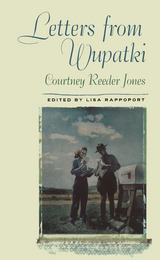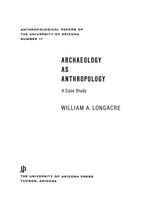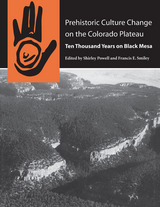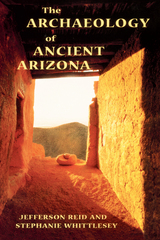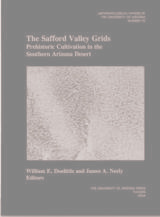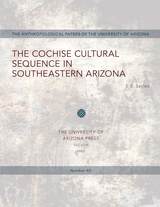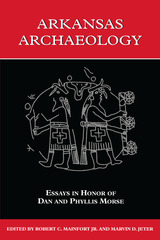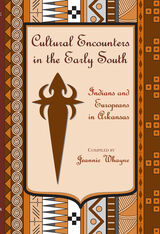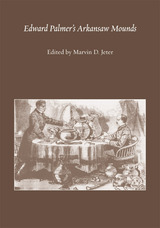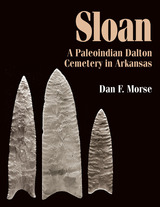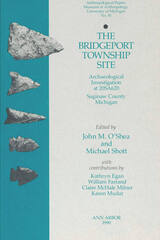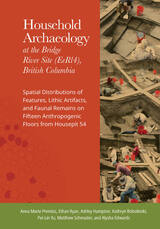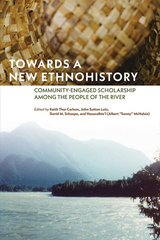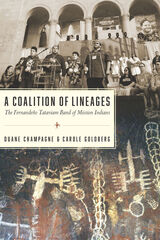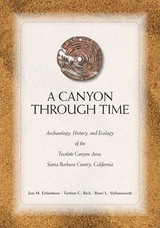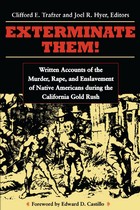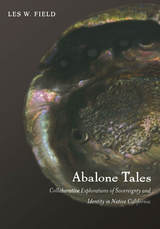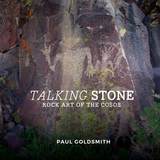Arkansas Archaeology: Essays in Honor of Dan and Phyllis Morse
University of Arkansas Press, 1999
eISBN: 978-1-61075-029-5 | Paper: 978-1-55728-571-3
Library of Congress Classification E78.A8A715 1999
Dewey Decimal Classification 976.701
eISBN: 978-1-61075-029-5 | Paper: 978-1-55728-571-3
Library of Congress Classification E78.A8A715 1999
Dewey Decimal Classification 976.701
ABOUT THIS BOOK | AUTHOR BIOGRAPHY | TOC | REQUEST ACCESSIBLE FILE
ABOUT THIS BOOK
Arkansas has long been recognized as a state with a rich archaeological heritage that is unsurpassed in North America. The Toltec Mounds were made famous by the Smithsonian's research at the turn of the century. The Sloan site, dated to 8500 B.C., is the oldest documented burial ground in the New World. The alluvial plain of the central Mississippi River valley supported perhaps the greatest prehistoric urban population. And the Parkin site has yielded important information about the de Soto incursion into the continent. This festschrift recognizes the contributions made in researching this varied heritage by Dan and Phyllis Morse from the inception of the Arkansas Archeological Survey in 1967 to their retirement in 1997. The essays were prepared by thirteen of their colleagues, recognized experts in archaeology and related fields, and represent state-of-the-art knowledge about Arkansas's archaeology. The topics range broadly: from prehistoric environments and regional syntheses to specialized studies of specific culture periods and historical archaeology. Paul and Hazel Delcourt and Roger Saucier provide a chapter that will serve as a standard reference for many years on Holocene environments; Chris Gillam's contribution demonstrates the utility of Geographic Information Systems in broad-scale pattern analysis; Robert Mainfort uses large collections of ceramics to show that traditional methods for grouping Late Mississippian sites are insufficient; Michael Hoffman introduces a new line of evidence from old newspaper accounts; and Frank Schambach, in reinterpreting the spectacular Spiro site in eastern Oklahoma, gives us a powerful, classic example of archaeological and ethnohistoric interpretation. This volume will, of course, be of great interest to professional archaeologists and anthropologists, but the essays are also accessible to students, amateur archaeologists, historians, and enthusiastic general readers. As the new millennium dawns, this book celebrates the legacy of two very distinguished careers in archaeology and heralds the proliferation of innovative new approaches and techniques for the continuing study of Arkansas's prehistoric peoples.
See other books on: Archaeologists | Arkansas | Honor | Jeter, Marvin D. | Mainfort, Robert C.
See other titles from University of Arkansas Press
